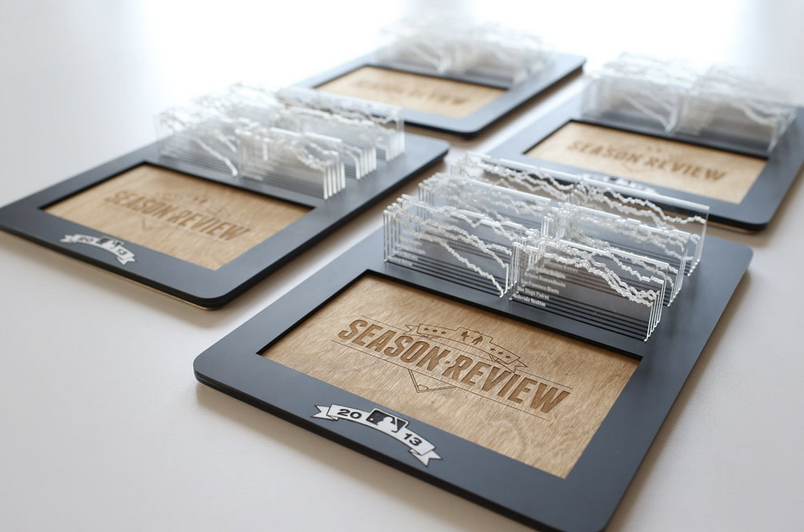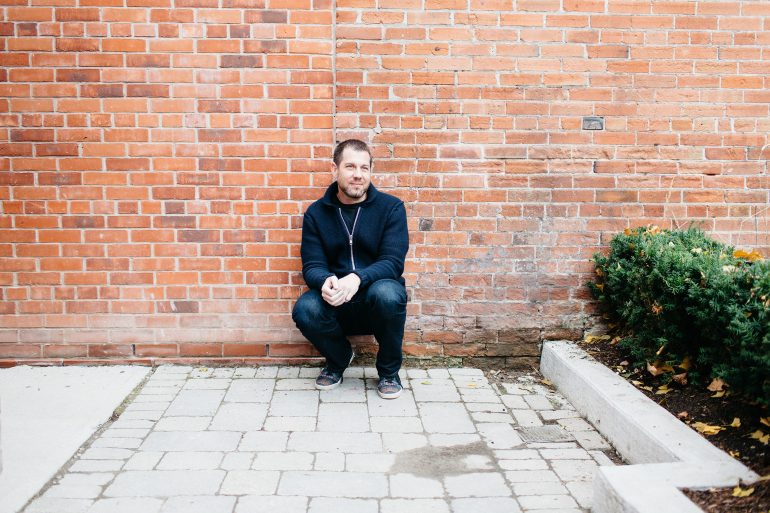News of Teehan+Lax shutting down has reverberated far beyond the Toronto design community. It’s gone global.
“And Now, For Our Next Act” got people talking, and not just about the legacy of Teehan+Lax. Thought pieces about the future of design, the business model of design services, and the trend of world-class agencies being acquired or top talent brought in-house (as is the case with Teehan+Lax) can be found all over the Internet. The general consensus of the Toronto design community is that it’s an end of an era, a passing-the-torch moment.
And yet, there’s a certain kind of thrill in the air; the sense that anything can happen now.
In this BetaKit exclusive, Jon Lax, Partner and founder of Teehan+Lax, shares his thoughts on the future of design agencies, the next crop to watch, and closing shop at the top of your game.
The Toronto design community feels quite sad right now. In your announcement you referred to a “whole new crop of smart, talented, and innovative companies coming up.” Is there something special about this city, or building a design business in Toronto?
Toronto is now the 4th largest city in North America after Los Angeles. We have a strong design culture in Toronto, along with some world class design education programs. We have an incredibly high quality of life here. Toronto is always ranked higher than other major metropolitan cities on any number of “best places to live” lists that I’ve seen.
We have some very good talent coming out of OCAD, Seneca, Humber, and now from programs like HackerYou and Bitmaker Labs.
This is a great place to live, work and a great place to run a business. I’m not sure there is any one thing about Toronto that makes it special… except Drake… we have Drake.

What would your advice be to the design agencies in TO, and globally, who want to make a dent in the universe and push the practice of design forward? Which Toronto companies do you think will pick up the torch?
My advice to any design company is be a great company from Toronto but not a great Toronto company. From the beginning think about how to build a business that can be globally competitive, not just locally competitive. Have strong ideas and opinions about the kind of company you will build. Building a company whose skills are so unique that people from all over the world will seek you out to do what you do best.
“If there is one thing I think we did right, it was that we had opinions, we had a point of view.”
If there is one thing I think we did right, it was that we had opinions, we had a point of view and we weren’t scared about sharing them or making decisions guided by them.
Some Toronto companies that I admire are… Jam3, Heist, Normative come to mind immediately but all for very different reasons.
Jam3 are incredible. The quality of what they produce is consistently exceptional. They win all the awards.
Matt Milan at Normative is just so smart. Everything he writes or says, I just nod my head and listen.
Heist are the company I would watch out for. Nathan Garvie is such a talented designer and the whole team are young and have huge upside.
There are others I really like as well: TWG, Say Yeah!, Nascent, Bnotions. I could keep going… this is why I am bullish on the scene. So many great young companies that are just starting to find their groove.
We were lucky enough to stop at the top of our game. We didn’t stay too long at the party. It is flattering that the community is sad, but this is a time for new voices and ideas.
What does the next generation of globally successful design businesses look like?
They are smaller (about 20–30 people) and only do one or two things really, really well.
Can external teams even do product design? This is something you’ve talked about struggling with in the past, particularly in your work on Medium.
Yes. If you are thinking about a traditional design agency relationship and then trying to imagine how you would do product design with those resources and process it won’t work.
Most agency processes are based on getting briefed, disappearing and then returning with the solution. Product isn’t built this way.
If you think about a different working model, it can work. Product companies want external teams to feel like internal teams. They want collaboration to be seamless and fluid. It requires a very different way of working than with a corporate client.
I think there are more and more companies building themselves to be really good external partners in product design. They are creating companies where the economic models and incentives are better aligned than the traditional work for hire models.
This is where we will see some great innovation in the agency model.

There’s a mini-trend in Toronto for agencies to have in-house makers and tinkerers as part of the team; you have been ahead of that trend with your T+L labs. What are the benefits of tinkering with hardware?
The Lab was a huge thing for us and I give all the credit in the world to Peter Nitsch for being the driving force behind that. What I learned is that hardware is really difficult. It was easy to build one of something but not easy to build 10. So we would end up with these one off pieces of hardware and then couldn’t really do much with it. I think having a maker culture is a positive thing. I think one of the best things we did was having times at lunch where staff could make things. I think that positively influenced how we thought about the design of software and how people interact with devices and hardware.
You’ve always shared your thoughts on design and business openly and generously, with your T+L case studies in particular. Will you continue sharing what you learn, and your thoughts on the industry?
Yes. I will always share what I’ve learned.
Photo of Jon Lax courtesy Jim Ryce.

